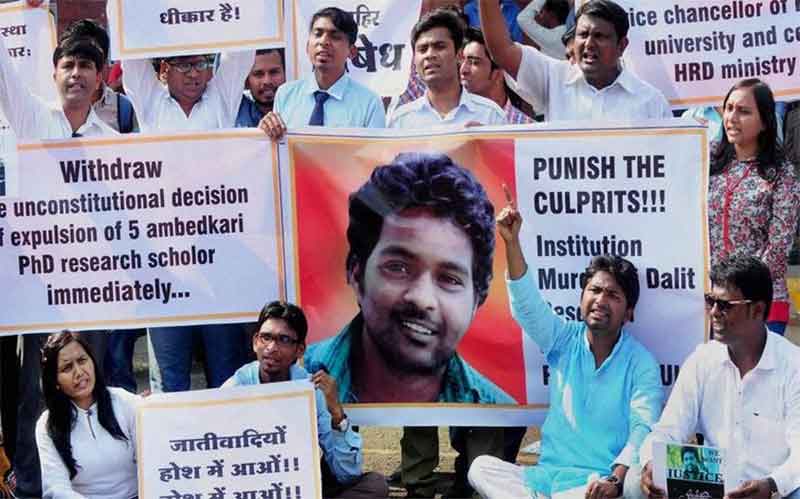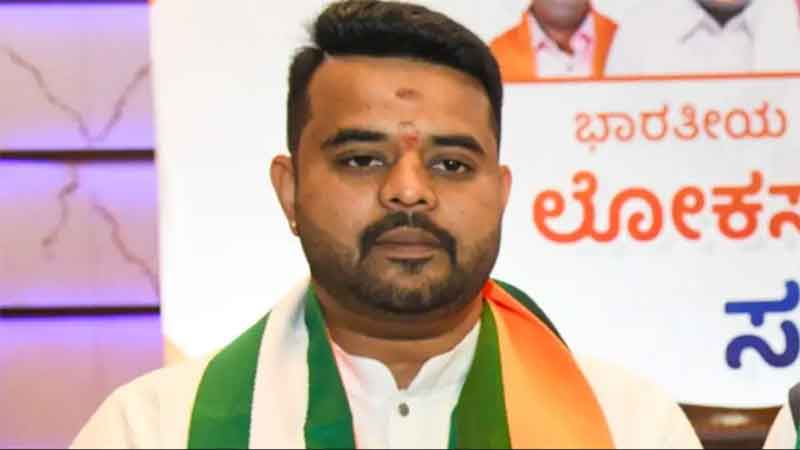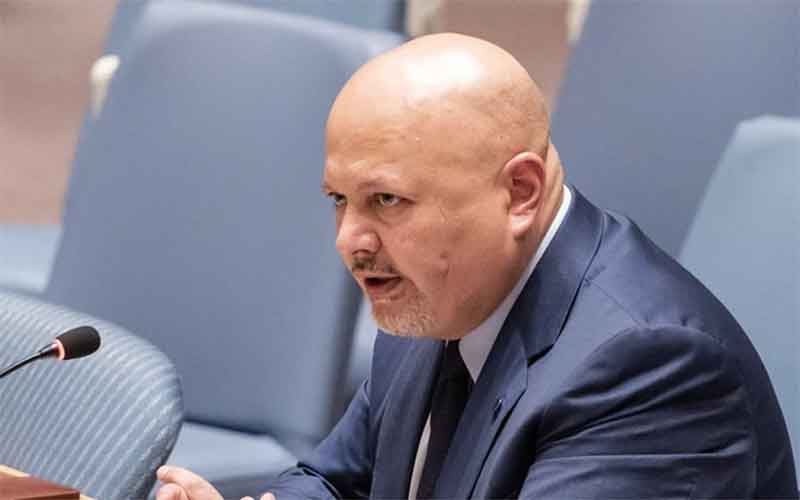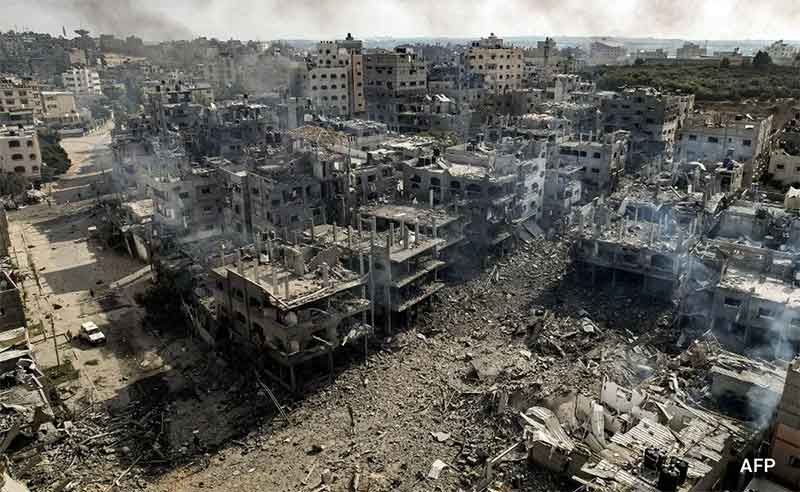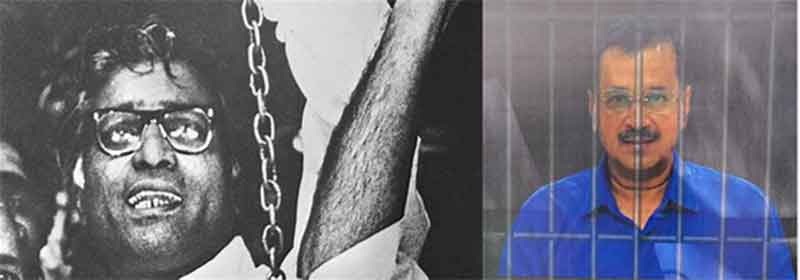
What has religion got to do with popular culture ? Strongly condemn recent Hindutva trends stopping a Muslim writer from writing a Ramayana column or a renowned actor from acting in Ramleela or deleting from the University syllabus an iconic essay on the cultural diversity of the Ramayan.
Quite contrary to the secular, pluralistic traditions of India, these retrograde forces are trying to force a trend of cultural exclusion. Only a few days back, Bollywood actor Nawazuddin Siddiqui, who is currently in his village Budhana, Uttar Pradesh. had to pull out of a Ramleela programme at his place after members of the Shiv Sena raised objections to his partiipation because he is a Muslim..
Sometime back, Hindutva voices forced Kerala scholar and critic M M Basheer to stop writing his regular Ramayana column in a Malalayam newspaper.
A few years back these same communal forces had conspired to delete from the MA History syllabus Professor A. K. Ramanujan’s seminal piece on “300 Ramayans” which is a definitive scholarly article on the diversity of the availability of the mythological book “Ramayan” in 300 and more versions in different literary forms, languages and locations rather than a singular version, namely poet Tulsidas’s ” Ramacharit Manas” in Devnagri script.
On the other hand, this country has a rich syncretic tradition of interactive culture from yore. It was the last Mughal emperor Bahadur Shah Zafar who set up the first Ramleela Committee and encouraged the performance of Ramleela in Delhi. Even today, this pluralistic tradition of Ramleela in Delhi continues. One actor Nizamuddin is playing the role of Bharat, no less, in the Lav-Kush Ramlila, probably the biggest Ramlila in Delhi on the Red Fort grounds.
Who can forget the iconic author Rahi Masoom Raza, who wrote the script and dialogues for the popular TV serial, Mahabharat, which became one of the most popular TV serials of India.
We need to remind ourselves that a unique Ramlila, is being staged since 1972, at Bakshi Ka Talab, about 20 km from Lucknow, where lead characters like Rama, Lakshman and Hanuman are played by Muslim youths, a clear departure in a region known for communal flare-ups. This four-day Ram Lila starts on the day of Dusshera day, and has also been adapted into a Radio play, ‘Us Gaon ki Ram Lila’, by Lucknow All India Radio, which won the Communal Harmony Award in 2000.
The forces of democracy who believe in a secular, pluralistic culture of India must unite, arise and give a fitting reply to these retrograde forces.
Dr Aurobindo Ghose, General Secretary, Peoples’ Rights Organisation, a Human Rights Body
E-mail ; [email protected]

















